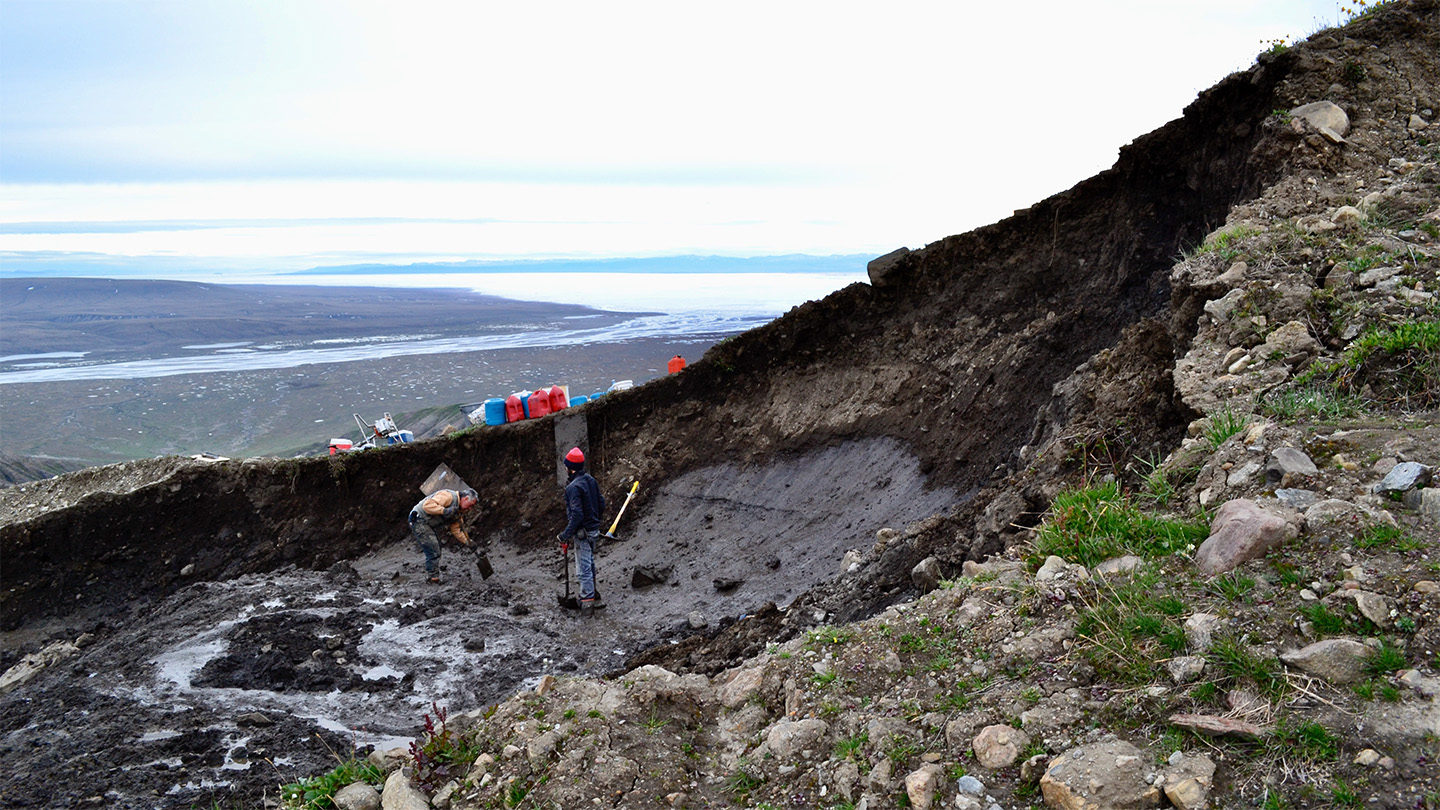On a remote island in the Canadian Arctic, researchers have discovered the remains of an ancient glacier that could be over a million years old. The discovery presents what may be the oldest glacier ice ever found buried in Permafrost – the ground that has been frozen for at least 2 years straight – in the Arctic, the researchers report on January 1 Geology. For researchers prone to studying the glacier, Ora is scoring, as human -induced climate change has exposed the long stored ice in the melting.
Like notes on the pages of a book, gas bubbles, compounds and particles clogged in the icy layers of a glacier can provide information on the atmospheres and climates of the past millennia. But there are some precious reports for such ice older than the last large expansion of ice sheets, 26,000 to 20,000 years ago. The new ice can provide researchers a rare chance to study the climate of the early Pleistocene era, during which the Earth underwent episodic ages of ice separated by warm periods known as interglacial periods. “These [Pleistocene climate shifts] They are analogous to what we can see in the future, ”says geomorphologist Daniel Fortier of the University of Montreal.
In 2009, Fortier and colleagues were studying a fossilized forest buried on the island of Bylot, on the territory of Nunava, Canada, when they stumbled upon some landslides caused by the melting of Permafrost. The slides had exhibited translucent, layered ice bodies, which were buried a few meters underground, just above the fossil forest. Many to the fosterman’s surprise, the dating of the organic matter of organic matter on the ice found that he was over 60,000 years old. “I didn’t expect it at all,” he says.

Moreover, in the sediment layers that exceed ice, the researchers discovered a roll in the extension of magnetic minerals corresponding to an overthrow of the Earth’s magnetic field approximately 770,000 years old, indicating that the ice was at least the old one. And previous research had dated the fossil forest on which the glacier rested at about 2.8 to 2.4 million years ago, providing a possible maximum age for ice.
The discovery is a testimony of the resistance of the permafrost, says Fortier. While climate forecasts suggest that Permafrosti will be fully written in many regions by the end of the century, this preserved glacier has continued during the interglacial periods that were warmer than today, he notes. “I don’t think the permafrost will disappear so fast. The system is more resilient than we think.”
#Ice #discovered #remaining #Arctic #glaciers
Image Source : www.sciencenews.org